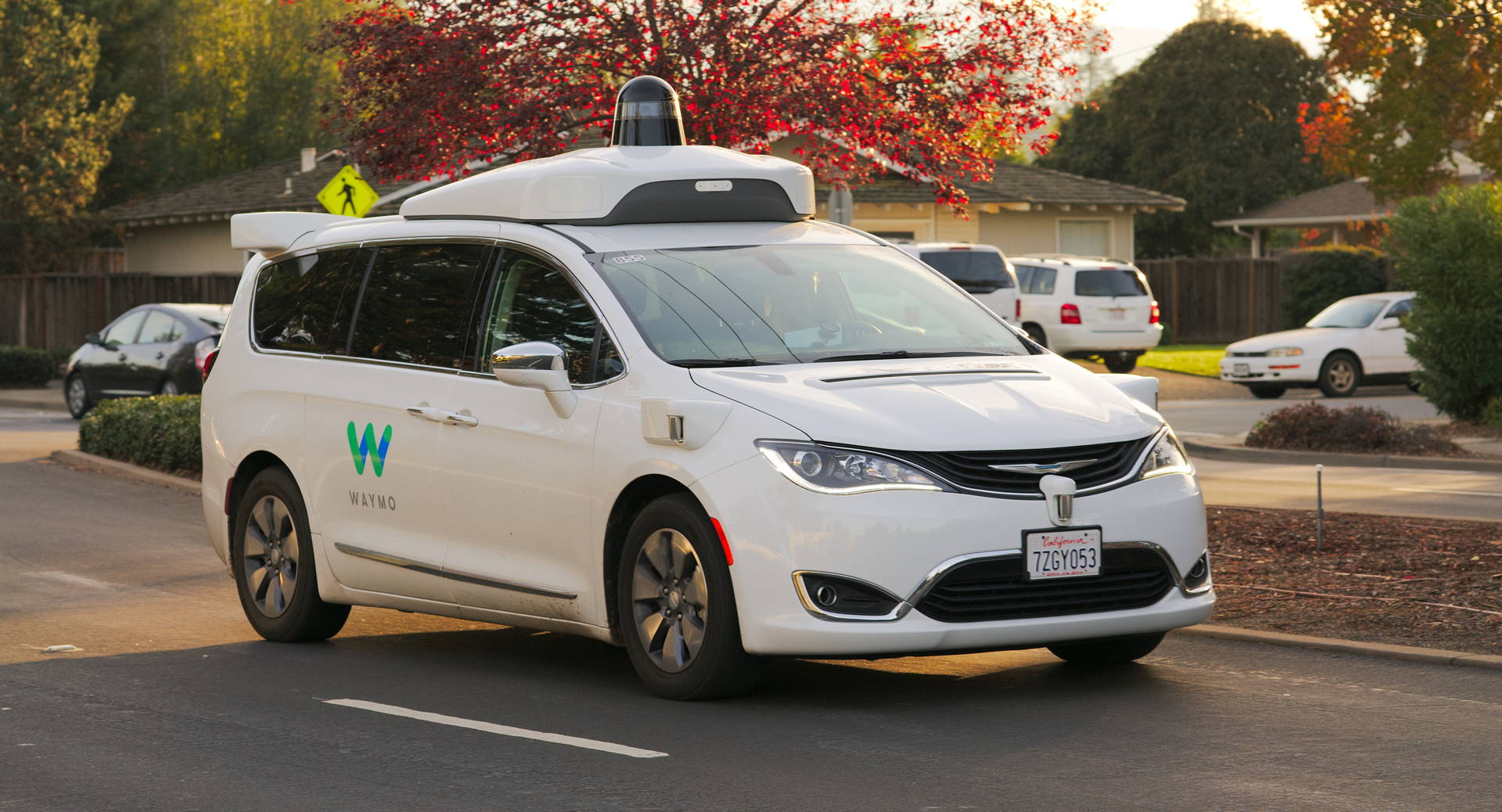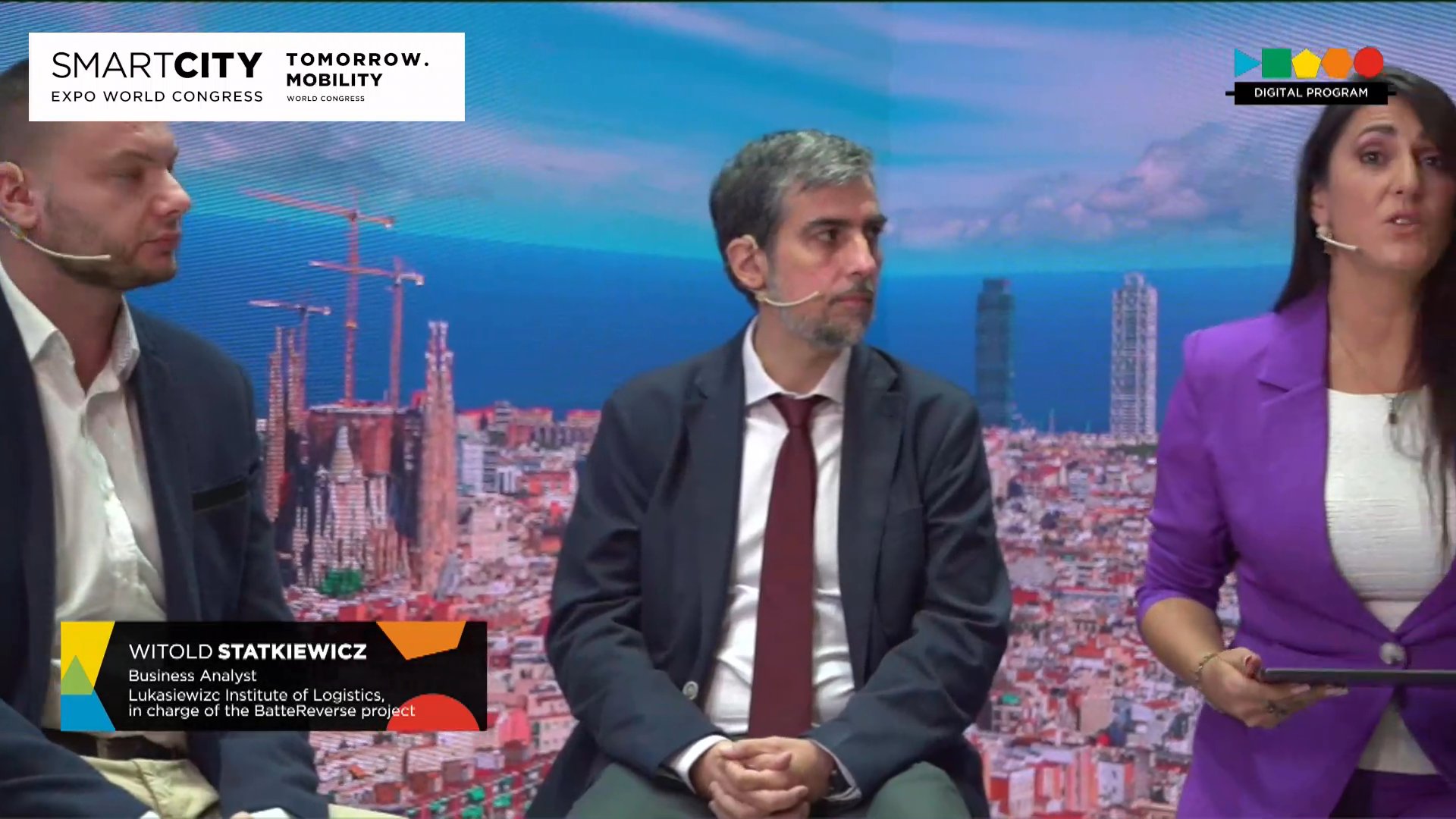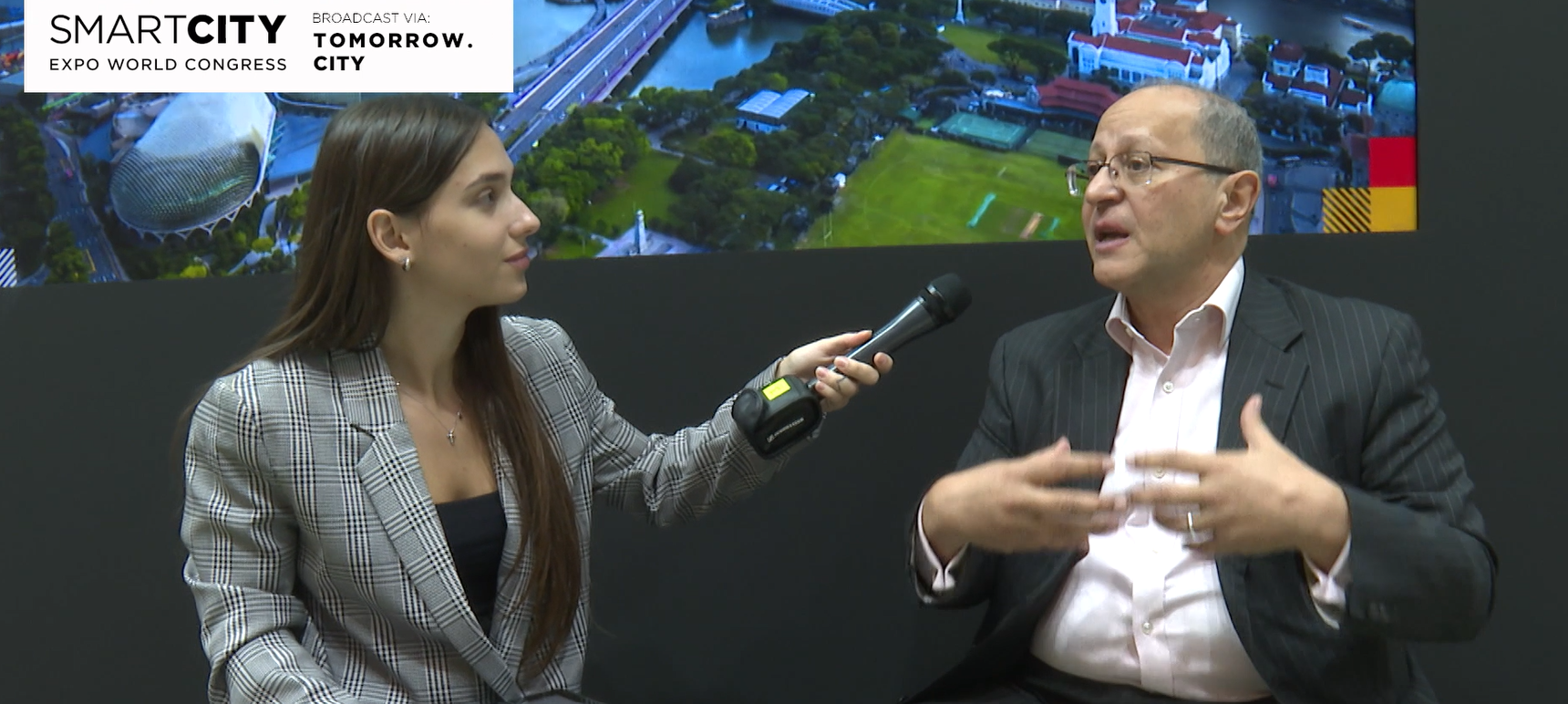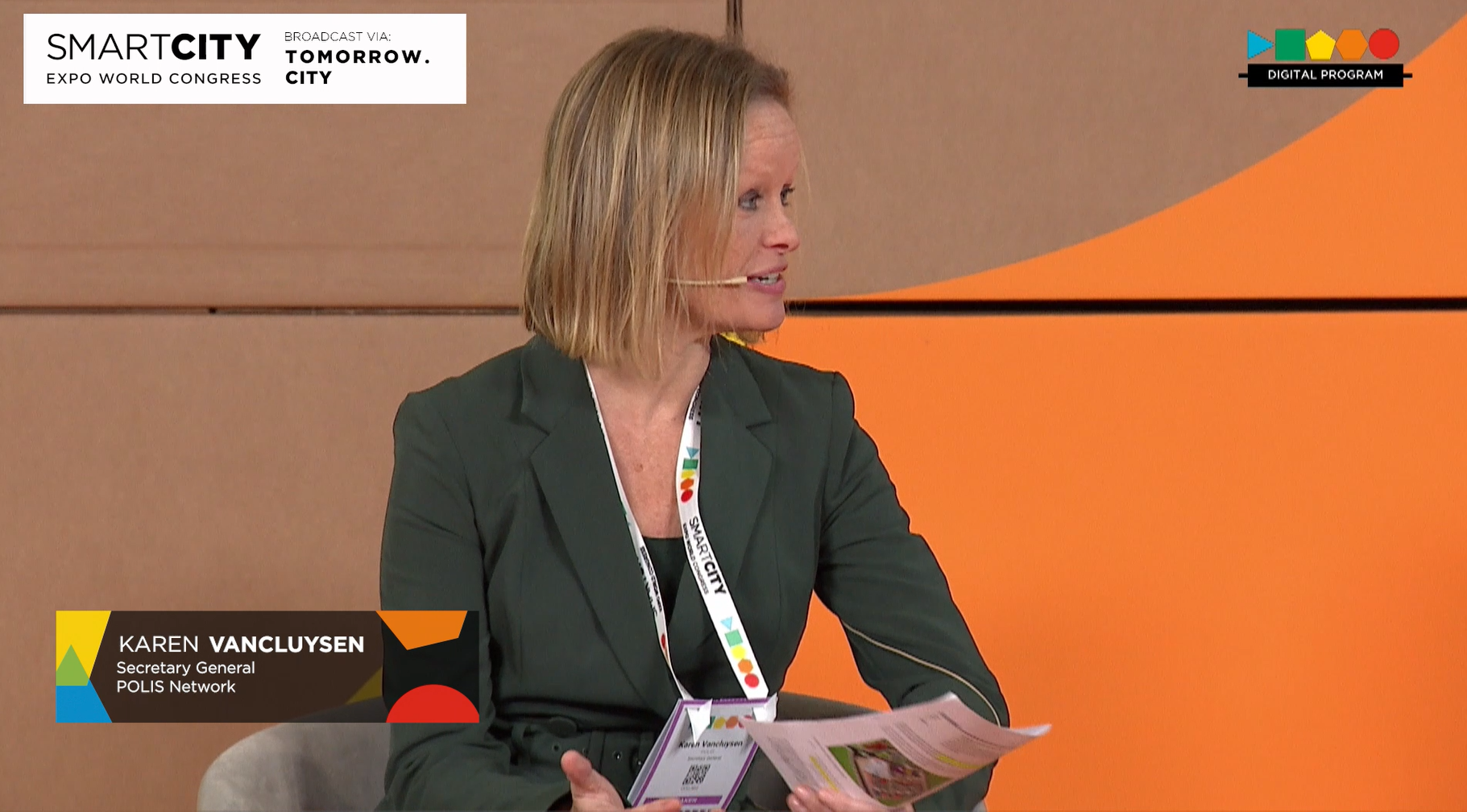Author | Raquel C. Pico
Electric vehicles are one of the fundamental components of the journey towards the energy transition. The pressure as a result of the climate emergency is forcing us to reduce —or, ultimately, abandon— fossil fuels. This has led to a rise in alternative transport formulas based on clean energy sources or shared transport options, which reduce the end carbon footprint., Public transport, particularly trains, alternative fuels, and electric vehicles in particular, are gaining momentum in the design of the cities of the future and mobility within these.
Vehicle registration data are already indicating that electric vehicles have surpassed diesel vehicles in Europe, confirming public interest in them. Community decarbonization initiatives and resilience plans strengthen the transition to this greener mode of transport. However, and despite this notable increase, not everyone is convinced by electric cars, and charging and batteries are the key issues.
Different charging standards
Although combustion engine cars also have different standards because people are more familiar with them, they do not give it too much thought. For electric vehicles, there are several types of plugs and also different charging standards. The novelty makes this diversity more visible.
The difference between the type of current used —alternating or direct current— and the different powers they allow —below 15 kW, between 15 and 40 kW and over 40— distinguish the different charging modes. As PwC explains, the difference between one and another is “amount of energy delivered to the vehicle’s battery per unit of time.” That is, what distinguishes them is how much can be charged in a specific period of time.
- Mode 1. Needs more time to prolong battery life. This may be a domestic outlet, indicates the consultancy firm.
- Mode 2. In 4 hours, it provides a driving range of approximately 160 kilometers. These tend to be specialized charging outlets and public charging points.
- Mode 3. This is where the ‘on the go’ charging stations come in, which can charge a vehicle in just 40 minutes versus hours in the previous modes.
- Mode 4. Ultra-fast charging stations and manufacturer plugs-chargers achieve greater time and charging efficiency. Those 40 minutes and 4 hours above are now less than half an hour.
But apart from these differences from an electric point of view, electric vehicle charging is marked by a fundamental issue. Electric vehicle chargers have not been standardized and each manufacturer applies their own standards. In fact, chargers are one of the components of the market battle.
- Combined Charging System (CCS): is the standard used by US and German manufacturers, although with local variations adapted to specific electric features.
- Mennekes: also known as the Type 2 connector, is the most commonly used connector in Europe and allows different types of electrical currents to be used.
- CHAdeMO: this is the most commonly used fast charger used for Japanese vehicles and which has achieved a development in China.
- Yazaki: used outside of Europe, it allows alternating current slow charging.
Impact on development

Although European regulations establish that the sale information must clearly indicate what type of charger is or is not compatible with each electric vehicle, the variety of standards adds complexity to the development of these cars. A study by AlixPartners has tried to identify the elements that cause most concern when purchasing an electric vehicle: four of the five points were related to batteries.
In addition to the lack of public charging stations, which means people travelling in an electric vehicle have to calculate and plan their journey based on where they will be able to stop.
In the United States, for example, PwC estimates that there are 135,000 electric vehicle charging points compared with 1.4 million pumps. In Spain, the Business Association for the Development and Promotion of Electric Mobility (AEDIVE), recently estimated that there are 27,420 public charging points. That is around 27.1% more than the previous year, but still a long way off the objectives of reaching between 80,000 and 110,000 by the end of 2023.
Furthermore, the variety of standards may result in incompatibilities between the vehicle used and what you will find at your destination, particularly if the trip involves geographical changes.
Universal chargers
The existence of a universal charger —which European regulations have already imposed in other everyday elements, such as smartphones— could do away with these barriers. The industry has already developed the first prototypes.
Image | Michael Fousert, Oxana Melis






















































